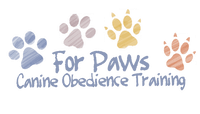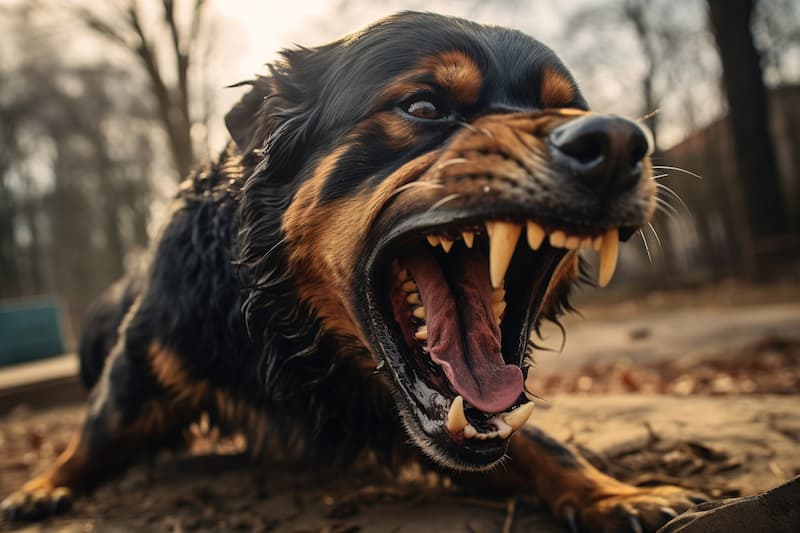Training Aggressive Dogs: A Comprehensive Guide by For Paws Dog Training
When it comes to our beloved canine companions, aggression can be one of the most challenging behaviors to address. At For Paws Dog Training in Northern Kentucky, we understand that aggression can stem from a variety of factors, including fear, anxiety, territorial instincts, and past traumas. Our mission is to help owners navigate these challenges with effective, positive reinforcement-based training techniques. In this blog post, we will explore the causes of aggression, the importance of early intervention, and the strategies we employ to train aggressive dogs.
Understanding Aggression in Dogs
Before embarking on any training program, it’s essential to understand what aggression looks like in dogs. Aggressive behavior can manifest in several ways, including:
- Growling: A warning sign that a dog feels threatened.
- Snapping: A more serious warning that can escalate to biting.
- Biting: This can range from mild nips to serious attacks.
- Posturing: Dogs may exhibit aggressive body language, such as raised hackles, stiff tails, and a tense body.
Understanding the triggers behind these behaviors is crucial. Common causes of aggression include:
- Fear: Many dogs become aggressive when they feel scared or cornered.
- Protectiveness: Dogs may display aggression when they perceive a threat to their territory or family.
- Pain or Discomfort: A dog in pain may react aggressively when approached.
- Lack of Socialization: Dogs that have not been properly socialized may be more prone to aggression.
The Importance of Early Intervention
Early intervention is key when dealing with aggression. The sooner you address the issue, the more effective the training will be. Aggression can escalate over time if left unaddressed, leading to more severe incidents. At For Paws, we encourage pet owners to seek help as soon as they notice aggressive behaviors. Our trainers are equipped to assess the situation and provide tailored training solutions.
Training Strategies for Aggressive Dogs
1. Assessment and Evaluation
The first step in addressing aggression is a thorough assessment. At For Paws, we offer private consultations where our experienced trainers evaluate your dog’s behavior in a controlled environment. This evaluation helps us identify the underlying causes of aggression and allows us to create a customized training plan.
2. Positive Reinforcement Techniques
At For Paws, we believe in the power of positive reinforcement. This method encourages desired behaviors by rewarding your dog with treats, praise, or playtime when they exhibit calm and non-aggressive behavior. Negative reinforcement or punishment can exacerbate aggressive tendencies, as it may increase fear or anxiety.
3. Desensitization and Counter-Conditioning
Desensitization involves gradually exposing your dog to the triggers that cause aggression in a controlled manner. This exposure, paired with positive reinforcement, helps your dog learn to associate the trigger with positive experiences rather than fear or aggression.
For example, if your dog is aggressive towards strangers, we might start by having a friend approach while you reward your dog for remaining calm. Over time, your dog can learn that the presence of strangers is not a threat.
4. Impulse Control Training
Teaching your dog impulse control is crucial in managing aggressive behavior. This involves training your dog to wait for permission before reacting to stimuli. Techniques such as “leave it,” “wait,” and “stay” can help your dog understand that they do not need to react immediately to perceived threats.
5. Socialization
Proper socialization is essential for all dogs, especially those prone to aggression. At For Paws, we offer group classes designed to expose your dog to various people, other dogs, and different environments in a safe and controlled manner. These classes help build your dog’s confidence and can significantly reduce aggressive tendencies.
6. Managing the Environment
For dogs that display aggression, managing their environment can be beneficial. This might involve using muzzles in certain situations, keeping your dog on a leash during walks, or creating safe spaces where your dog can retreat when feeling overwhelmed. These measures help ensure safety for your dog and others.
7. Consistent Training and Patience
Training an aggressive dog takes time, patience, and consistency. It’s important to remain calm and assertive during training sessions and to practice techniques regularly. Inconsistent training can confuse your dog and hinder their progress. At For Paws, we provide ongoing support and guidance to ensure you feel confident in your training approach.
The Role of Professional Help
While many dog owners can successfully train their dogs using the techniques described above, some cases of aggression may require professional intervention. At For Paws, our trainers are experienced in handling aggressive dogs and can provide the necessary support to help you and your dog succeed.
If your dog’s aggression is severe or if you feel overwhelmed, we encourage you to reach out for professional assistance. Our team is dedicated to creating a safe and positive training environment that fosters trust and understanding between you and your dog.
Conclusion
Training an aggressive dog can be a daunting task, but with the right approach, it is possible to help your canine companion overcome their fears and learn appropriate behaviors. At For Paws Dog Training in Northern Kentucky, we are committed to using positive reinforcement and proven techniques to create a positive training experience for both you and your dog.
If you’re facing challenges with an aggressive dog, don’t hesitate to reach out. Contact us at (859) 802-6076 or visit our website at For Paws Dog Training for more information on our training programs and services. Together, we can work towards a happier, more harmonious relationship with your furry friend.
By focusing on understanding, patience, and positive reinforcement, you can help your aggressive dog become a well-behaved and happy member of your family. Remember, every dog deserves a chance to thrive, and with the right support, transformation is possible.

